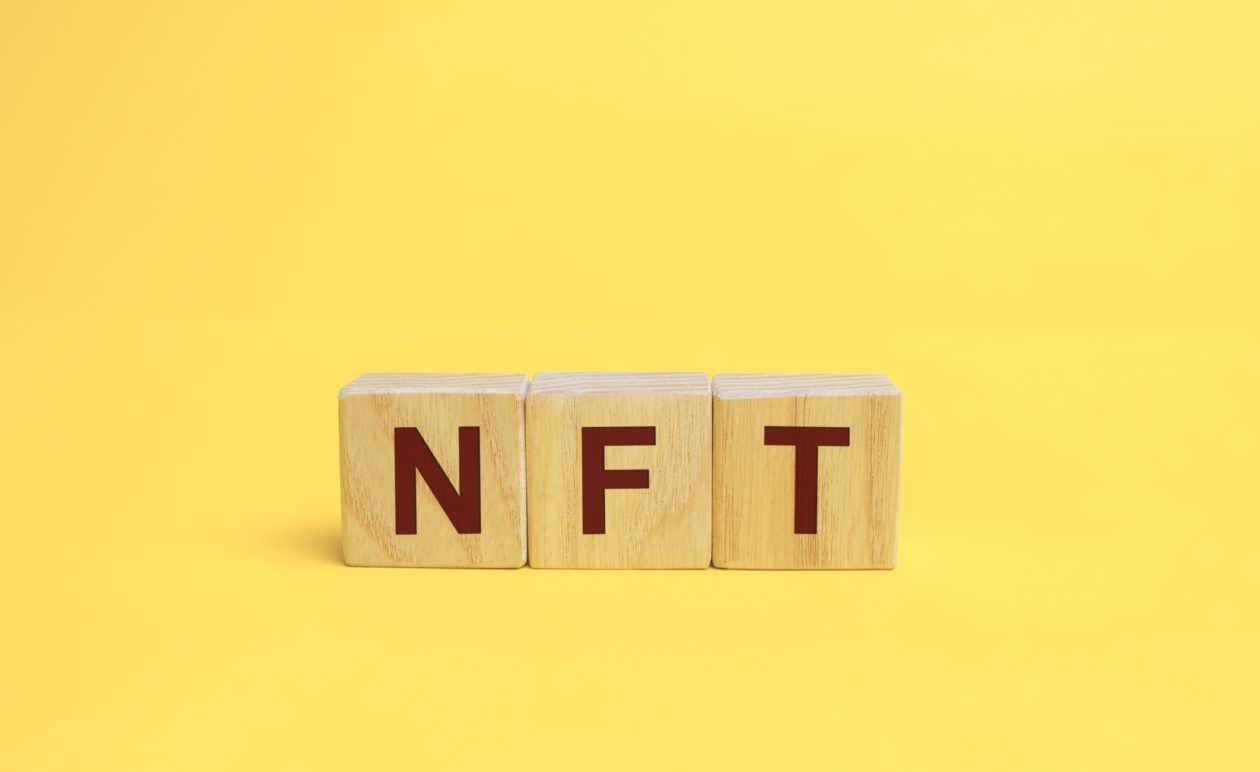Analysts worldwide are currently reflecting on the most significant tech trends of 2021 as they try to determine what will carry on dominating the digital landscape next year. The rise of non-fungible tokens (NFTs) has been impossible to ignore this year as the industry goes from strength to strength, boasting a multitude of benefits for collectors and artists alike. For starters, NFTs can be used to represent artwork, to establish ownership rights and authenticity in the digital space. This technology has empowered generative artists to build a new creative renaissance that appeals to modern collectors searching for alternative investments.
In mid-September, an Art Blocks NFT collection was sold for US$5.38 million. Big tech firms such as Adobe quickly attempted to hop on the trend by tackling the industry’s art theft problem with an NFT option in Photoshop called Content Credentials. They are also working to integrate their social platform, Behance, with blockchains including Polygon, Solana, Flow and Tezos to give creatives a platform to showcase their NFTs. But Silicon Valley is desperately playing catch up with Asia, which is thriving and leading the way in this space.

Understanding NFT art in Asia
Although big business is attempting to capitalize on the NFT zeitgeist, the beating heart of the industry is in Asia, where art is not just about the transaction. As a result, NFTs are already changing business models, especially across the creative industries where NFTs are not just a passing trend but a movement with enormous cultural, economic, and social importance.
Diving deeper, the emerging world of generative art requires a new mindset and a steep learning curve for newcomers. However, it’s not as complicated as you might think. In simple terms, collectors decide on a preferred collection and proceed to purchase digital art from up-and-coming artists in a mechanism known as “minting.” Then, through creative coding created by the artist, an algorithm serves to generate a unique artwork almost randomly. Finally, the NFT is sent to the collector’s blockchain network address.
Only a limited number of NFTs can be minted in the collection, which gives collectors only one shot to acquire the generative art they have their eyes on. Furthermore, the algorithm ensures that every single piece is unique to the collection. In some cases, Interactive elements are incorporated such that every time ownership of the NFT changes, the generative art will render differently — making it truly one of a kind.
Why is NFT generative art a hot commodity?
Remember when shelves in your home were full of your favorite DVDs, CDs and video games? For the most part, people are increasingly replacing physical media with digital items. Likewise, gamers are spending their cash buying digital clothing for their avatars. For example, Fortnite generated a phenomenal US2.4 billion in revenue for Epic Games in 2018, with much of the game’s revenue coming from the sale of character skins and emotes.
The lines between offline and online are beginning to disappear as digital spaces transcend the space-time of our physical world. Technology is augmenting human creativity rather than replacing it while also thrusting generative art into the spotlight as an exciting new artistic medium.
These are just a few examples of why the movement soared in popularity and challenged how we define value. Just like offline art, an NFT’s value is decided by a combination of aesthetics and verifiable scarcity. Collectors regularly compete for the ownership of a digital artwork edition, a 1/1 exclusive or a unique piece created in a generative art collection. Together NFT artists and collectors across Southeast Asia are leading a dramatic shift in the perception of value around intangible assets to build purely digital experiences.
Gaming, sports and art collectibles are connecting users with their idols while also encouraging the community to support unexposed creative talent. For artists, many are gravitating towards blockchain as royalties are written into the code, rewarding participation and passive income opportunities. In addition, the decentralized nature of blockchain shifts the power over to creators and collectors. NFT marketplaces provide them with full ownership of their content and complete control over licensing. Essentially, it completely removes the need for intermediaries.
For programmatic artists, the nature of their art can be self-generating, making it a new medium for experimental creativity. For example, Singapore-based Radarboy3000 established the Mad Hatters Club, most commonly known for its collection of 888 bunnies inspired by collectible designer art toys. The collection combines the mechanics and aesthetics of generative art. These bunnies move on their own, and by collecting two bunnies, the artwork will “breed” a baby bunny, visible on both NFTs.
How NFTS are reshaping creative culture in Asia
Despite all the benefits this movement brings to artists and collectors alike, many critics believe algorithms and NFTs produce bad art and cheap culture. The reality is that Asian artists are inspiring global audiences by using the decentralized platform to expand the true expression of their creativity. For example, Munira Hamzah, also known as Moon or Mumu the Stan, is a rising NFT artist in Malaysia who sold her first NFT to Linkin Park’s Mike Shinoda. In her words, NFTs have expanded her horizons on art and have changed her perceptions on what’s possible within the medium. By leveraging the NFT art community, Moon reclaimed her power and has been given a voice as a creator to express her views on sustainability and mental wellness.
Throughout our lives, we find beauty in moments of randomness and serendipity. Throughout Asia, NFTs unlock new ways to express creativity, reshape culture and explore what happens when online and offline worlds collide.
For Asian artists, the digital realm helps them increase their audience reach, build more diverse communities, and develop their profiles. It’s also creating new opportunities to showcase Asia’s innovation and its tech-forward-friendly culture to the world. Through Crypto Art Week Asia, for instance, held in July this year, Radarboy3000 brought together leading artists from across the region to showcase the region’s booming creative force.
The future of art NFTs
In artistic terms, art NFTs are still in their infancy. But the thriving artist community in Asia where creatives are experimenting with new digital formats such as programmable art is already beginning to impact the larger world of blockchain. For example, Singapore-based student Eve Lee is inspiring audiences with the launch of her KryptoTrees collection, which consists of 10,000 NFTs with a key objective to plant 100,000 trees. For Eve, NFTs are a tool of empowerment that enable her to showcase her art, design, and creativity while also making a difference to our planet.
The increased adoption and minting of NFTs is proving to be a big hit, with collectors snapping them up in seconds. Ethereum is the most popular blockchain for NFTs, but is heavily criticized for the vast amounts of electricity it uses. Minting NFTs on cleaner blockchains will also make a tremendous impact on climate initiatives.
Behind the hype, technology works best when it brings people together. The NFT movement is still in its infancy, but many artists believe it’s here to stay, and that can only be a great thing.




